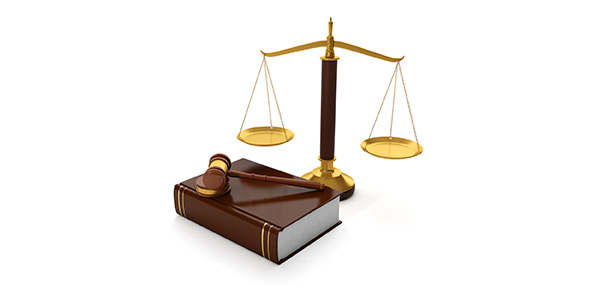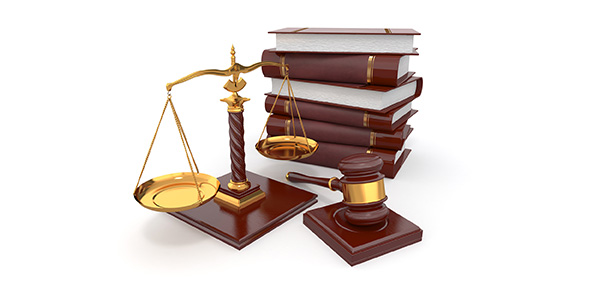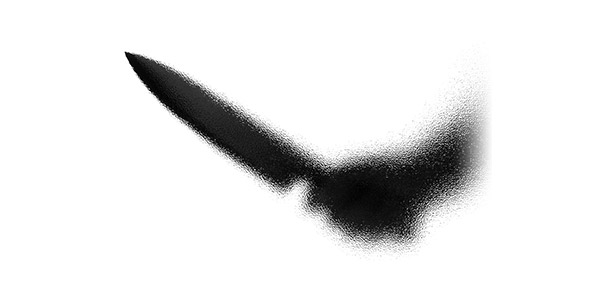Related Flashcards
Related Topics
Cards In This Set
| Front | Back |
|
Tort
|
|
Type of tort that
arises from intentional wrong acts
|
Intentional tort
|
|
Type of tort that arises from unintentional acts or carelessness
|
Negligent tort
|
|
Type of tort where
there may be no fault at all, but tort law will
sometimes require a defendant to make up for the victim’s losses even where the
defendant was not careless and did not intend to do harm
|
Strict liability tort
|
|
the defendant, the one committing the
tort, who intentionally injures another is often called this.
|
Tortfeasor
|
|
What are the three dimensions of tort?
|
Fault
nature of injury excuses |
|
What are the types of damages sought that are
expressed in money terms, including replacement of property destroyed, compensation for lost wages, reimbursement
for medical expenses, and dollars that are supposed to approximate the pain
that is suffered?
|
Compensatory Damages
|
|
What type of damages are awarded whose purpose is to punish the defendant's actions, particularly in aggravated situations?
|
Punitive Damages
|
|
What are the three prime examples of injuries that ake up intentional torts?
|
injury to a person
injury to property injury to a reputation |
|
Assault
|
|
Unauthorized and harmful or offensive physical
contact with another person that causes injury is called what?
|
Battery
|
|
If a person is restrained in a room or a car or
even if his or her movements are restricted while walking down the street, a tort can be filed for what?
|
False Imprisonment
|
|
When mental distress occurs from an intentional act, whether or not it causes physical injury, what type of tort might be filed?
|
Intentional Affliction of Emotional Distress
|
|
Trespass and Nuisance
|
|
A tort regarding Intentional Interference with Contractual Relations can be
established by proving which four elements?
|
There
was a contract between the plaintiff and a third party.
The defendant knew of the contract. The defendant improperly induced the third party to breach the contract or made performance of the contract impossible. There was injury to the plaintiff. |






